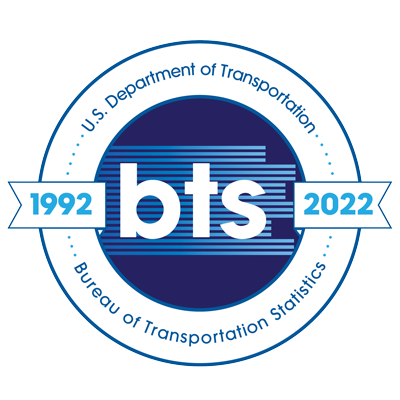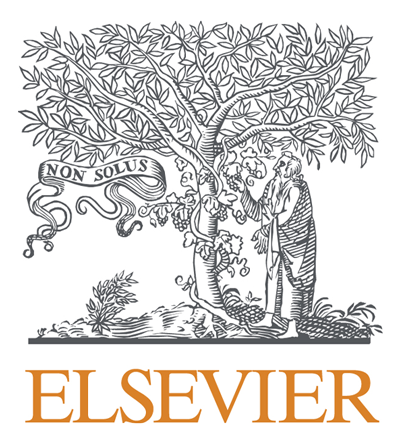Two decades of agricultural change and its connections to urbanization
Topics:
Keywords: urbanization, agriculture, land change, deep learning, remote sensing
Abstract Type: Paper Abstract
Authors:
Lyndon Estes,
Sitian Xiong, Clark University
Yao-Ting Yao, Clark University
Sam Khallaghi, Clark University
,
,
,
,
,
,
Abstract
Rapid agricultural expansion and urban expansion are occurring simultaneously in many African countries as populations and economies grow. The degree to which the patterns of growth in each system are related is unclear, yet interactions between urban areas and rural agricultural systems may impact the trajectory of growth and the nature of development in each system. For example, rapid growth in a city may spur cropland expansion and/or intensification in neighboring regions to meet the resulting increase in food demand. To undertake preliminary investigation of the connections between urban and agricultural change, we developed a 22-year time series of cropland change in Zambia, a country experiencing rapid urbanization and agricultural growth, using a combination of moderate resolution (30 m) optical (Landsat and Sentinel-2) and radar (Sentinel-1 and ALOS PALSAR) imagery and a probabilistic method for retrospectively mapping annual cropland and identifying the location and year of cropland change. To initialize the probabilistic model, we used a high-resolution (~5 m) map of crop field boundaries developed using PlanetScope imagery and a convolution neural network. We then analyze the spatial relationships between cropland changes and urban growth around Zambia’s cities, categorized according to population size and rate of growth. We examine the total area of cropland change within radii of increasing size around each city, and further examine the characteristics of cropland (average field size) within identified areas of expansion around each city, to gain insight into whether expansion is being driven by small- or large-scale agriculture.
Two decades of agricultural change and its connections to urbanization
Category
Paper Abstract








